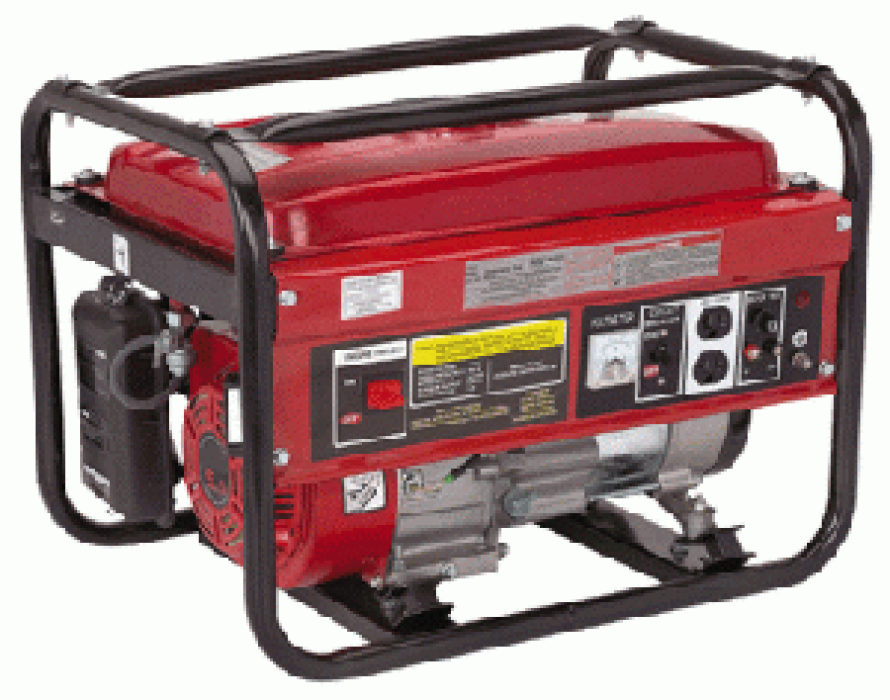Improperly used generators kill people!
If you own an emergency generator, make sure that you install, connect and operate it correctly.
Make the right connection
Here is a short quiz to help you find out if your generator is connected correctly:
-
Is your generator plugged into an electrical receptacle in your home or business?
-
Do you have to "pull the meter" to use your generator?
-
Does your generator require you to remember to throw the main breaker in order to operate it safely?
-
Is your generator used without a double-pole, double-throw or approved automatic transfer switch?
-
Did you or a relative, friend, or neighbor install the generator, rather than a qualified electrician?
If you answered yes to any of the questions above, you need to contact a qualified electrician and have your generator checked for safety. Make sure your electrician installs a double-pole, double-throw or an approved automatic switch for your generator. This switch prevents electricity from flowing back into Claverack's distribution system, protecting line workers. The switch also protects your generator from damage.
Operate it safely
Besides the installation, there are other things to check on your generator (portable or permanent) to make sure it is operating safely:
-
Check the cords connecting the generator to make sure they are in good condition.
-
Never operate a portable generator in an enclosed space such as a garage. Poor ventilation can allow deadly gas to enter the living space.
-
Check to make sure the generator and all the parts are in good condition.
-
Never refuel a generator when it is hot and make sure you store fuel away from the generator.
-
Change the oil as recommended.
-
Test the generator on a regular basis.
-
Check the battery on electric-start models.
-
Check the exhaust system.
For more information on emergency generators please contact your member services department at 1-800-326-9799 or 570-265-2167.

